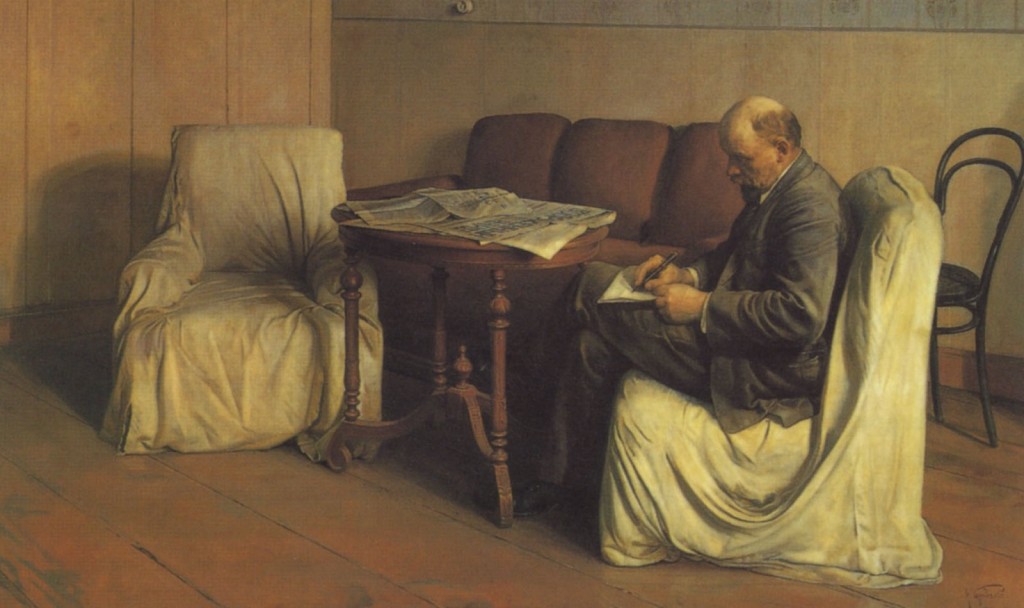University of Chicago Platypus Fall 2022 Reading Group: What is the Left? What is Marxism?

Sundays, 2:00 - 4:30PM
Harper 135
1116 E 59th St, Chicago, IL 60637
Join at any session / no prior knowledge assumed
Facebook events for each session can be found @uchicagoplatypus
(• required readings / + recommended readings)
Week 1. What is the Left? I. Introduction: Capital in history | Nov. 13, 2022
• Max Horkheimer, "The little man and the philosophy of freedom" (1926–31)
• epigraphs on modern history and freedom by Louis Menand (on Marx and Engels), Karl Marx, on "becoming" (from the Grundrisse, 1857–58), and Peter Preuss (on history)
+ Being and becoming (freedom in transformation) chart of terms
• Chris Cutrone, "Capital in history" (2008)
+ Capital in history timeline and chart of terms
+ video of Communist University 2011 London presentation
+ Capitalist contradiction chart of terms
• Cutrone, "The Marxist hypothesis" (2010)
• Cutrone, “Class consciousness (from a Marxist perspective) today” (2012)
+ G.M. Tamas, "Telling the truth about class" [HTML] (2007)
+ Robert Pippin, "On Critical Theory" (2004)
+ Rainer Maria Rilke, "Archaic Torso of Apollo" (1908)
Week 2. What is the Left? II. Utopia and critique | Nov. 20, 2022
• Max Horkheimer, selections from Dämmerung (1926–31)
• Adorno, “Imaginative Excesses” (1944–47)
• Leszek Kolakowski, “The concept of the Left” (1958)
• Herbert Marcuse, "Note on dialectic" (1960)
• Marx, To make the world philosophical (from Marx's dissertation, 1839–41), pp. 9–11
• Marx, For the ruthless criticism of everything existing (letter to Arnold Ruge, September 1843), pp. 12–15
+ Capitalist contradiction chart of terms
+ Being and becoming (freedom in transformation) / immanent dialectical critique chart of terms
Week 3. What is Marxism? I. Socialism | Nov. 27, 2022
• Marx, selections from Economic and philosophic manuscripts (1844), pp. 70–101
+ Commodity form chart of terms
+ Being and becoming (freedom in transformation) / immanent dialectical critique chart of terms
+ Capitalist contradiction chart of terms
• Marx and Friedrich Engels, selections from the Manifesto of the Communist Party (1848), pp. 469–500
• Marx, The coming upheaval (from The Poverty of Philosophy, 1847), pp. 218–19
Week 4. What is Marxism? II. Revolution in 1848 | Dec. 4, 2022
• Marx, Address to the Central Committee of the Communist League (1850), pp. 501–511 and Class struggle and mode of production (letter to Weydemeyer, 1852), pp. 218–220
• Engels, The tactics of social democracy (Engels's 1895 introduction to Marx, The Class Struggles in France), pp. 556–573
• Marx, selections from The Class Struggles in France 1848–50 (1850), pp. 586–593
• Marx, selections from The 18th Brumaire of Louis Bonaparte (1852), pp. 594–617
Week 5. What is Marxism? III. Bonapartism | Dec. 11, 2022
+ Karl Korsch, "The Marxism of the First International" (1924)
• Marx, Inaugural address to the First International (1864), pp. 512–519
• Marx, selections from The Civil War in France (1871, including Engels's 1891 Introduction), pp. 618–652
+ Korsch, Introduction to Marx, Critique of the Gotha Programme (1922)
• Marx, Critique of the Gotha Programme, pp. 525–541
• Marx, Programme of the Parti Ouvrier (1880)
Recommended Winter Break Readings
+ Leszek Kolakowski, “The concept of the Left” (1968)
+ Richard Appignanesi and Oscar Zarate / A&Z, Introducing Lenin and the Russian Revolution / Lenin for Beginners (1977)
+ Sebastian Haffner, Failure of a Revolution: Germany 1918–19 (1968)
+ Tariq Ali and Phil Evans, Introducing Trotsky and Marxism / Trotsky for Beginners (1980)
+ James Joll, The Second International 1889–1914 (1966)
+ Carl Schorske, The SPD 1905-17: The Development of the Great Schism (1955)
+ J.P. Nettl, Rosa Luxemburg (1966) [Vol. 1] [Vol. 2]
+ Edmund Wilson, To the Finland Station: A Study in the Writing and Acting of History (1940), Part II. Ch. (1–4,) 5–10, 12–16; Part III. Ch. 1–6

